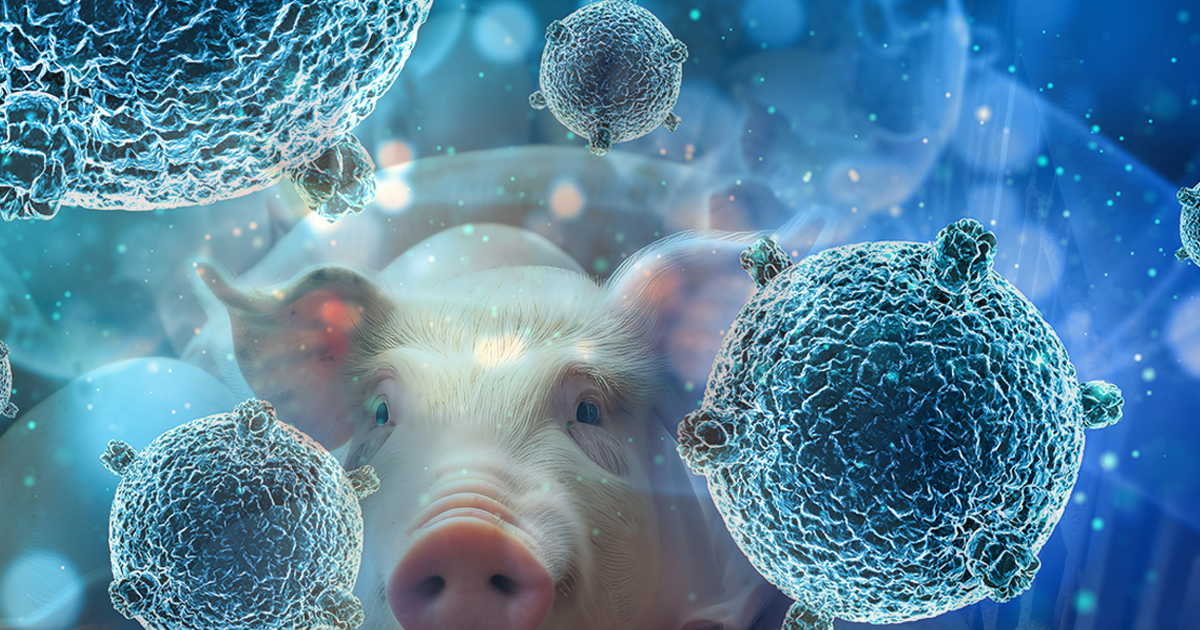- 2.3Impact Factor
- 3.5CiteScore
- 22 daysTime to First Decision
Prevention and Control of Swine Infectious Diseases: 2nd Edition
This special issue belongs to the section “Veterinary Microbiology, Parasitology and Immunology“.
Special Issue Information
Dear Colleagues,
Disease, especially infectious disease, is one of the determinants of stability of swine production worldwide. Although a number of strategies have been developed for the prevention and control of swine infectious diseases, they are not yet enough for the complex situations that include a variety of pathogens, different virulence strains for one pathogen, different serotype strains for one pathogen, and so on. Epidemiological studies have provided novel information about infectious disease characteristics. Progress in regard to detection methods has benefited clinical studies of swine. Furthermore, progress in vaccine development has seen an improvement, according to epidemiological data.
This Special Issue of Veterinary Sciences welcomes original research and review articles, aiming to provide an overview of advances in the prevention and control of infectious swine diseases. In this Special Issue, research will focus on epidemiological studies in swine farms, progress in regard to the detection methods for different swine pathogens, and progress in vaccine development. Genomic analyses of different pathogens, characteristic of novel antigens, as well as the effects of novel adjuvants, will also be included in this Special Issue. Additionally, other research areas related to the prevention and control of swine disease are welcome.
We look forward to receiving your contributions.
Prof. Dr. Yafeng Qiu
Prof. Dr. Bin Zhou
Guest Editors
Manuscript Submission Information
Manuscripts should be submitted online at www.mdpi.com by registering and logging in to this website. Once you are registered, click here to go to the submission form. Manuscripts can be submitted until the deadline. All submissions that pass pre-check are peer-reviewed. Accepted papers will be published continuously in the journal (as soon as accepted) and will be listed together on the special issue website. Research articles, review articles as well as short communications are invited. For planned papers, a title and short abstract (about 250 words) can be sent to the Editorial Office for assessment.
Submitted manuscripts should not have been published previously, nor be under consideration for publication elsewhere (except conference proceedings papers). All manuscripts are thoroughly refereed through a single-blind peer-review process. A guide for authors and other relevant information for submission of manuscripts is available on the Instructions for Authors page. Veterinary Sciences is an international peer-reviewed open access monthly journal published by MDPI.
Please visit the Instructions for Authors page before submitting a manuscript. The Article Processing Charge (APC) for publication in this open access journal is 2100 CHF (Swiss Francs). Submitted papers should be well formatted and use good English. Authors may use MDPI's English editing service prior to publication or during author revisions.
Keywords
- epidemiological investigations
- detection methods
- vaccine development
- infectious diseases
- genomic analysis
- antigens
- adjuvants
- immune protection

Benefits of Publishing in a Special Issue
- Ease of navigation: Grouping papers by topic helps scholars navigate broad scope journals more efficiently.
- Greater discoverability: Special Issues support the reach and impact of scientific research. Articles in Special Issues are more discoverable and cited more frequently.
- Expansion of research network: Special Issues facilitate connections among authors, fostering scientific collaborations.
- External promotion: Articles in Special Issues are often promoted through the journal's social media, increasing their visibility.
- e-Book format: Special Issues with more than 10 articles can be published as dedicated e-books, ensuring wide and rapid dissemination.

